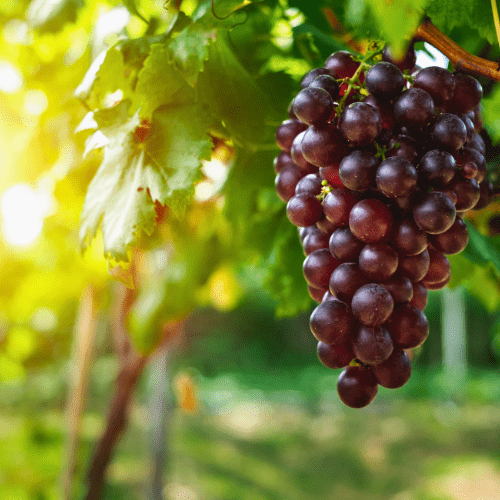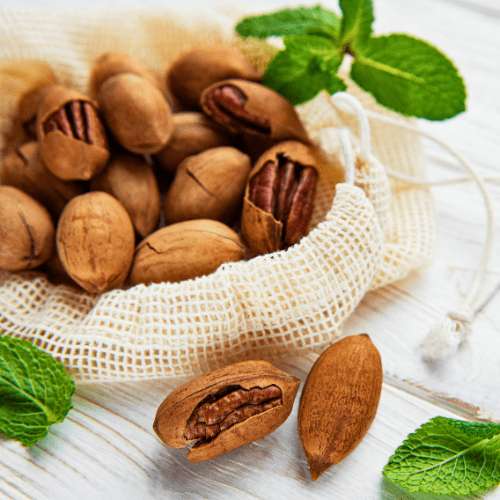Position
Full sun (at least 6–8 hours daily) and adequate protection from the wind. Plant about 4mts from other trees to ensure lots of sun and light.
Bahianinha Navel Orange trees are compact and, therefore, great for container growing or small garden spaces.
Soil Type
Orange trees need healthy, slightly acidic and well-drained soil. Add acid compost to the hole that you dig for your tree so that it is in prime condition to nourish the roots. If you’re opting for a pot, use good quality potting soil, with a bag of acid compost and a pot with good drainage.
Mulching
Citrus trees thrive with pine bark mulch, which protects the roots and retains moisture and acidity in the soil. Leave a space between the stem or trunk of the tree to avoid the trunk possibly becoming diseased.
Watering
Orange trees require regular watering; those in pots need it even more. Generally speaking, your orange tree should get 2.5 to 4 centimetres of water per week.
Fertilising
Give your orange trees the best chance by fertilising them well. Apply one teaspoon of our slow-release fertiliser every 4-5 months. Although it is called berry fertiliser, it is suitable for all plants and trees.
Pruning
Your orange tree will only need to be pruned to remove dead or diseased limbs or to remove those that are too close to the ground (around 30 centimetres or less).
Pest and Disease Management
Aphids, citrus psylla, red scale, citrus greening. Spraying regularly with Agricultural Neem Oil or Effective Microorganisms (EM Control ) will assist in either prevention or after the fact. If you already have aphids or mites, wash the tree with a harsh hosing, and when dry, spray with Neem oil or EM Control.
Practice good garden hygiene (remove fallen fruit and leaves).
Watch for root rot (if overwatered) and fungal infections during wet periods.
Harvesting
Bahianinha Navel Oranges ripen earlier than other navel orange varieties. These trees can be harvested from spring to summer and usually continue to bear fruit for decades. The orange should be fairly easy to pluck from the tree if you gently twist it from the branch.






